A Tribute to Jackie Bezos
A Tribute to Jackie Bezos
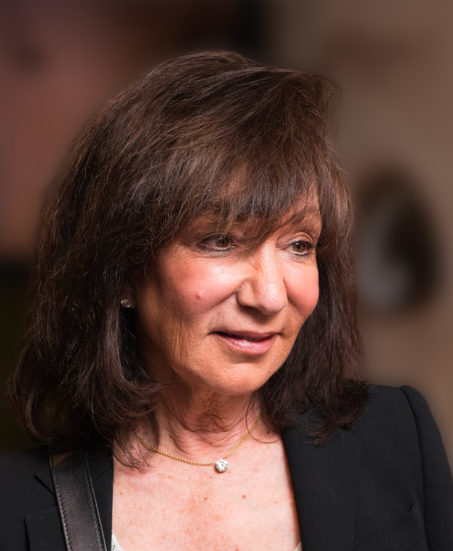

When we established the UW Institute for Learning & Brain Sciences (I-LABS), we offered lab tours monthly to engage the community. Jackie Bezos quietly joined one of these tours. Weeks later, she returned for a probing, one-on-one conversation exploring what I-LABS could become. She wanted to know how I-LABS could help change the world. It was the birth of an amazing 15-year relationship.
Jackie, as President of the Bezos Family Foundation, and her husband, Mike Bezos, as Vice President of the foundation, played a transformative role in advancing I-LABS by asking “what if” questions and always seeking to move things forward. Since 2009, the Bezos Family Foundation has contributed inspirational values, key ideas, and generous funding to grow I-LABS. Their commitment enabled groundbreaking research as well as the recruitment and retention of world-class scientists. I-LABS seeks to discover fundamental principles of human learning and brain development, with an emphasis on infancy and early childhood. Jackie believed that basic scientific discoveries about how, when, and why early learning occurs would accelerate practical applications for enhancing the lives of all children.
The Bezos Family Foundation’s initial gift was to establish the Bezos Family Foundation Endowed Chair for Early Childhood Learning, held by I-LABS co‑director Dr. Patricia Kuhl.
When we established the UW Institute for Learning & Brain Sciences (I-LABS), we offered lab tours monthly to engage the community. Jackie Bezos quietly joined one of these tours. Weeks later, she returned for a probing, one-on-one conversation exploring what I-LABS could become. She wanted to know how I-LABS could help change the world. It was the birth of an amazing 15-year relationship.
Jackie, as President of the Bezos Family Foundation, and her husband, Mike Bezos, as Vice President of the foundation, played a transformative role in advancing I-LABS by asking “what if” questions and always seeking to move things forward. Since 2009, the Bezos Family Foundation has contributed inspirational values, key ideas, and generous funding to grow I-LABS. Their commitment enabled groundbreaking research as well as the recruitment and retention of world-class scientists. I-LABS seeks to discover fundamental principles of human learning and brain development, with an emphasis on infancy and early childhood. Jackie believed that basic scientific discoveries about how, when, and why early learning occurs would accelerate practical applications for enhancing the lives of all children.
The Bezos Family Foundation’s initial gift was to establish the Bezos Family Foundation Endowed Chair for Early Childhood Learning, held by I-LABS co‑director Dr. Patricia Kuhl.
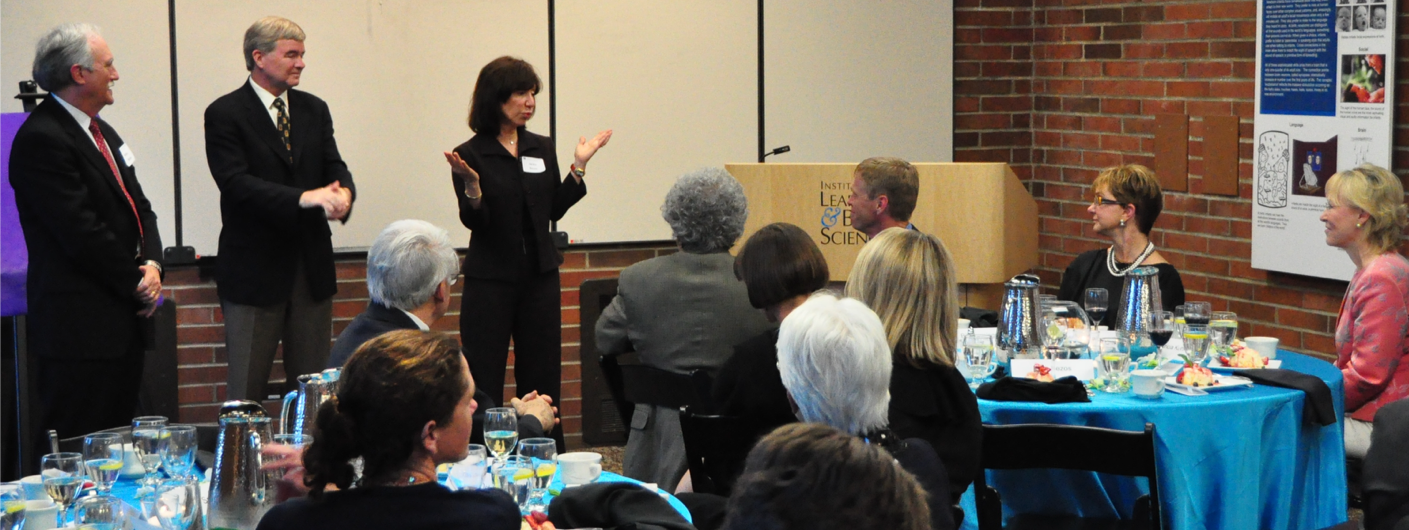

Brain Science for Children
Brain Science for Children
Jackie’s enthusiasm for scientific discovery and her joy in understanding children’s learning underpinned her commitment to I-LABS’ research. The Bezos Family Foundation’s philanthropic investments fueled advancements in brain science. These advancements depended on the development of new technology that allowed us to peer inside the baby’s brain and measure changes in neuronal activity as children looked at their mother, listened to a word, or explored a novel object. Our initial steps included the acquisition of a state-of-the-art MEG (magnetoencephalography) brain-imaging machine from Finland, and more recently, the development of a “wearable” MEG device, which the Bezos Family Foundation and other partners supported.
Jackie’s enthusiasm for scientific discovery and her joy in understanding children’s learning underpinned her commitment to I-LABS’ research. The Bezos Family Foundation’s philanthropic investments fueled advancements in brain science. These advancements depended on the development of new technology that allowed us to peer inside the baby’s brain and measure changes in neuronal activity as children looked at their mother, listened to a word, or explored a novel object. Our initial steps included the acquisition of a state-of-the-art MEG (magnetoencephalography) brain-imaging machine from Finland, and more recently, the development of a “wearable” MEG device, which the Bezos Family Foundation and other partners supported.
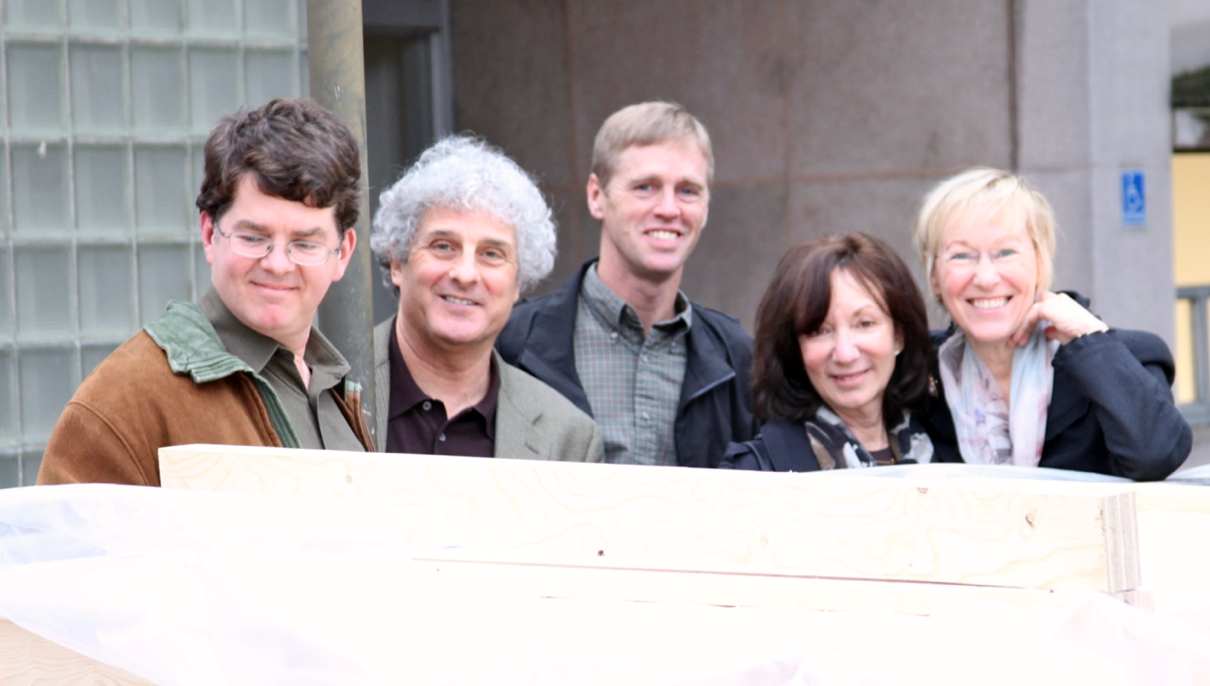

MEG technology enables researchers to capture whole-brain visualizations of neural activity in real-time, in a completely safe and non-invasive manner. Jackie was immediately struck by the potential of the big machine to advance our knowledge of learning and the brain. A landmark was reached when we opened the MEG brain center and participants began pouring into I-LABS using our unique MEG brain-imaging device specifically designed for children.
MEG technology enables researchers to capture whole-brain visualizations of neural activity in real-time, in a completely safe and non-invasive manner. Jackie was immediately struck by the potential of the big machine to advance our knowledge of learning and the brain. A landmark was reached when we opened the MEG brain center and participants began pouring into I-LABS using our unique MEG brain-imaging device specifically designed for children.


Using MEG brain imaging and the technology patents created by I-LABS Physics Professor Samu Taulu, I-LABS scientists have mapped the intricate brain networks that shape learning, social interaction, and cognitive growth from infancy through adolescence, publishing more than 40 papers that document brain activity in infants, young children, and adolescents.
Using MEG brain imaging and the technology patents created by I-LABS Physics Professor Samu Taulu, I-LABS scientists have mapped the intricate brain networks that shape learning, social interaction, and cognitive growth from infancy through adolescence, publishing more than 40 papers that document brain activity in infants, young children, and adolescents.


Enabling Collaboration on Brain Development
Enabling Collaboration on Brain Development
Jackie believed that connections matter. She urged us to bring many disciplines and approaches together and to have broad dialog—and for this we needed more space. Once again, the vision and support of Jackie and Mike Bezos enabled us to renovate space to create a new highly interactive workspace, one that was designed to encourage faculty from different disciplines to convene and share their work. In 2017, I-LABS expanded to open the Bill Henningsgaard Brain Studio dedicated to integrating multimodal brain measures, including MRI, MEG, EEG, and MRI spectroscopy, bringing I-LABS’ diverse imaging teams into the same space with a “theater” in the middle that made research presentations open to all.
Jackie believed that connections matter. She urged us to bring many disciplines and approaches together and to have broad dialog—and for this we needed more space. Once again, the vision and support of Jackie and Mike Bezos enabled us to renovate space to create a new highly interactive workspace, one that was designed to encourage faculty from different disciplines to convene and share their work. In 2017, I-LABS expanded to open the Bill Henningsgaard Brain Studio dedicated to integrating multimodal brain measures, including MRI, MEG, EEG, and MRI spectroscopy, bringing I-LABS’ diverse imaging teams into the same space with a “theater” in the middle that made research presentations open to all.
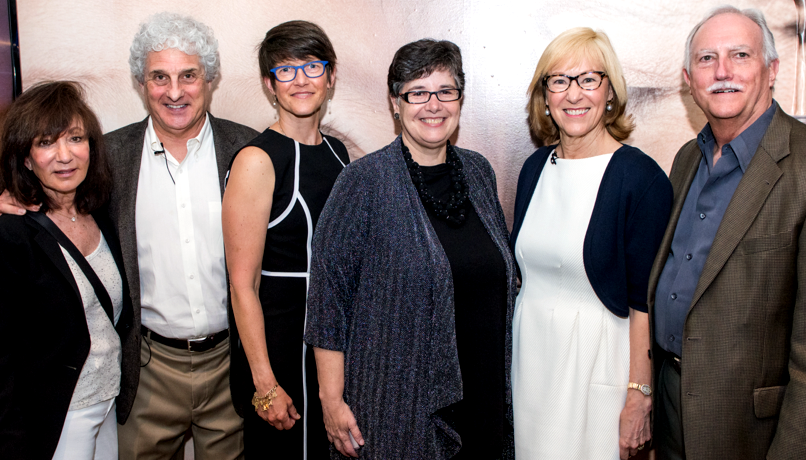

Social Interactions Fuel Human Development
Social Interactions Fuel Human Development
A key insight of Jackie’s, based on life experience, was the critical contribution of face-to-face human interactions in child development. Her idea, now embodied in the Vroom informational product created by the Bezos Family Foundation, was that parents don’t need fancy toys to help their children develop. Jackie thought that parents had “all they need” (i.e., themselves) to foster joyful, rich, and curiosity-driven learning in children. The MEG machine allowed us to explore the magic of human social interaction and how it helps brain growth.
In the MEG study, 5-month-old infants were monitored while an adult reacted with what we term the “social ensemble,” speaking to the baby using “parentese,” responding in a contingent back-and-forth manner while smiling and reacting warmly to the infant. This was contrasted with short periods in which the adult would turn away from the infant, as if distracted, to speak to someone else out of the infant’s sight.
The activity in the baby’s brain was strikingly different under the two conditions. When experiencing the social ensemble, attention centers in the baby brain focused on the adult, and sensorimotor areas were attempting to respond. This infant’s brain activity at 5 months predicted the child’s future language development out to 30 months of age. The study cemented the importance of human face-to-face interaction in the early months of life and its effect on future learning, a principle that Jackie Bezos intuitively understood.
A key insight of Jackie’s, based on life experience, was the critical contribution of face-to-face human interactions in child development. Her idea, now embodied in the Vroom informational product created by the Bezos Family Foundation, was that parents don’t need fancy toys to help their children develop. Jackie thought that parents had “all they need” (i.e., themselves) to foster joyful, rich, and curiosity-driven learning in children. The MEG machine allowed us to explore the magic of human social interaction and how it helps brain growth.
In the MEG study, 5-month-old infants were monitored while an adult reacted with what we term the “social ensemble,” speaking to the baby using “parentese,” responding in a contingent back-and-forth manner while smiling and reacting warmly to the infant. This was contrasted with short periods in which the adult would turn away from the infant, as if distracted, to speak to someone else out of the infant’s sight.
The activity in the baby’s brain was strikingly different under the two conditions. When experiencing the social ensemble, attention centers in the baby brain focused on the adult, and sensorimotor areas were attempting to respond. This infant’s brain activity at 5 months predicted the child’s future language development out to 30 months of age. The study cemented the importance of human face-to-face interaction in the early months of life and its effect on future learning, a principle that Jackie Bezos intuitively understood.
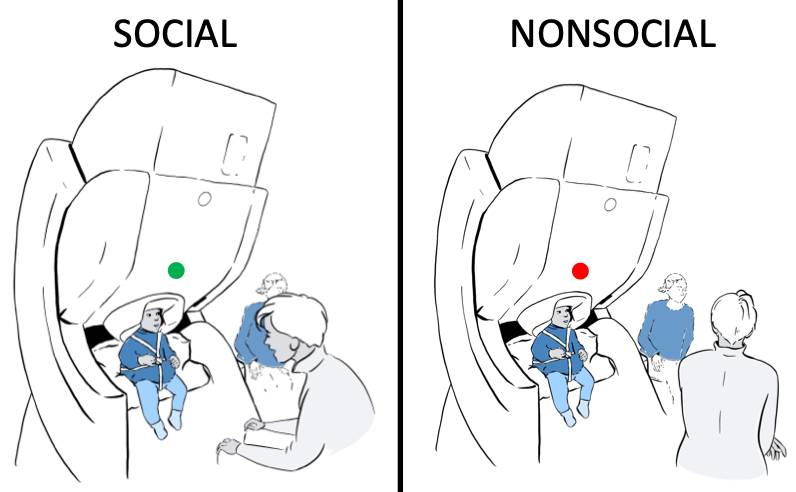

Jackie’s Playful Spirit: Onward!
Jackie’s Playful Spirit: Onward!
Jackie Bezos was spirited, bold, and loved taking action. She was known for use of the word “Onward” to catalyze action in others. With children and friends Jackie was also playful, even whimsical. In December 2014, while attending President Obama’s White House Summit on Early Childhood Education in Washington, D.C., Jackie, Pat, and two members of the Bezos Family Foundation team were strategizing and laughing over lunch when Jackie suggested that they drop everything and rush outside—to recreate an iconic Beatles photo. Jackie Bezos spent a lifetime enriching the lives of children, and never lost the playful, curious, and adventurous spirit of childhood.
Jackie Bezos was spirited, bold, and loved taking action. She was known for use of the word “Onward” to catalyze action in others. With children and friends Jackie was also playful, even whimsical. In December 2014, while attending President Obama’s White House Summit on Early Childhood Education in Washington, D.C., Jackie, Pat, and two members of the Bezos Family Foundation team were strategizing and laughing over lunch when Jackie suggested that they drop everything and rush outside—to recreate an iconic Beatles photo. Jackie Bezos spent a lifetime enriching the lives of children, and never lost the playful, curious, and adventurous spirit of childhood.
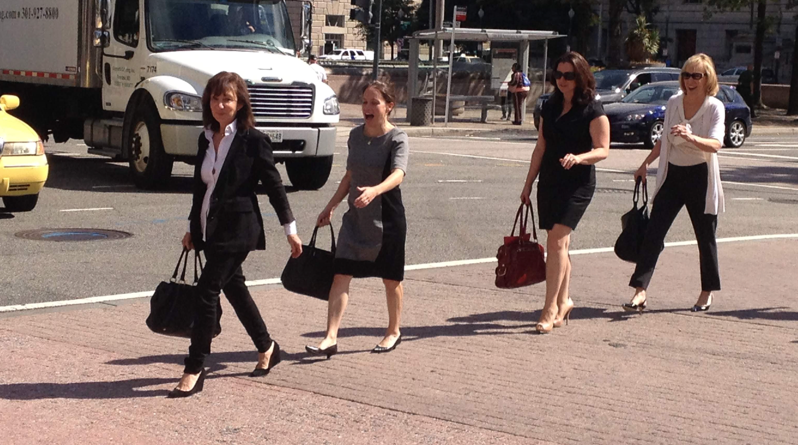

For us, it has been an honor, a privilege, and the joy of a lifetime to have come close enough to Jackie Bezos to see and share her dreams, and to try to make some of them come true. Jackie Bezos changed the course of early learning, igniting a “golden age” of research on the young brain and its enormous potential. Her passing leaves a hole that no one will ever fill. Jackie Bezos was a uniquely loving and wonderful person. We will be forever grateful to have had the opportunity to stand alongside her for a while.
For us, it has been an honor, a privilege, and the joy of a lifetime to have come close enough to Jackie Bezos to see and share her dreams, and to try to make some of them come true. Jackie Bezos changed the course of early learning, igniting a “golden age” of research on the young brain and its enormous potential. Her passing leaves a hole that no one will ever fill. Jackie Bezos was a uniquely loving and wonderful person. We will be forever grateful to have had the opportunity to stand alongside her for a while.